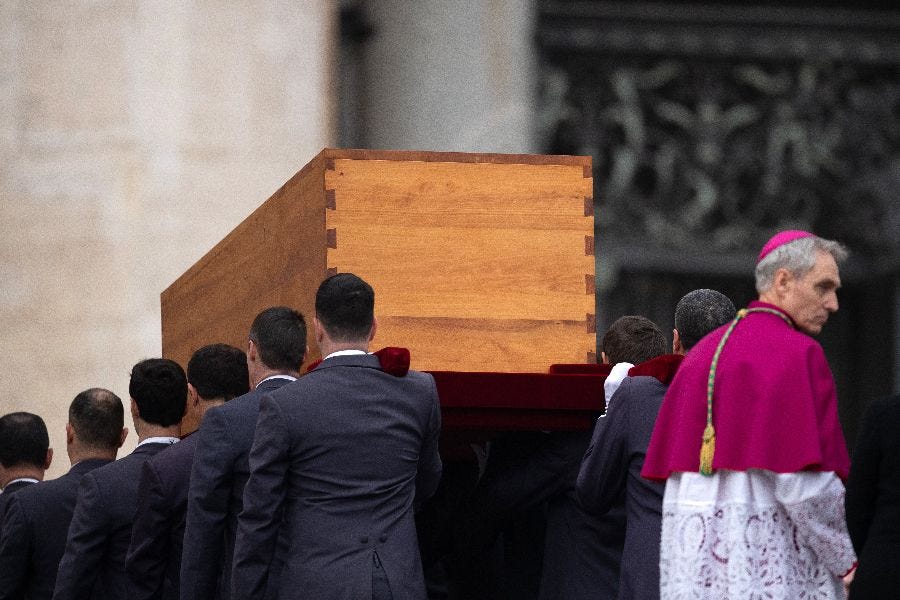‘Nothing but the Truth’: A reader’s guide to Archbishop Gänswein’s memoir
The memoir of Benedict XVI’s personal secretary is the most talked-about Catholic book in years. Here’s what’s in it.

Archbishop Georg Gänswein’s memoir “Nothing but the Truth” is the most talked-about Catholic book in years.
Released on Jan. 12, it recounts the archbishop’s experiences as Benedict XVI’s personal secretary and concludes with the pope emeritus’ death and funeral.
The book, published in Italian by Edizioni Piemme, runs to more than 300 pages and is co-writ…
